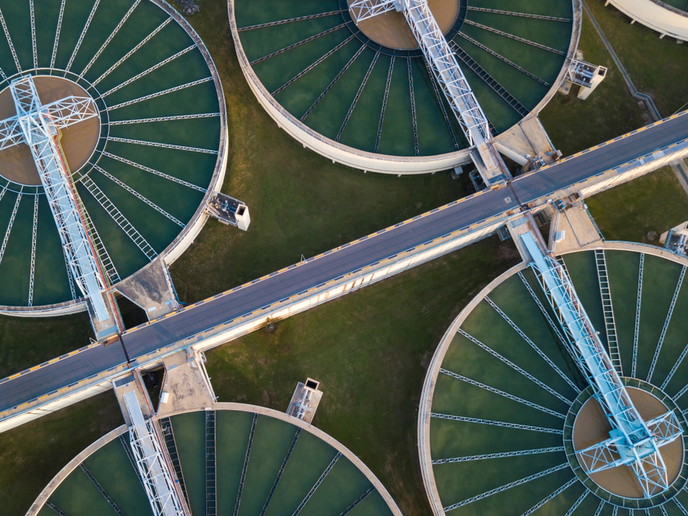Improved water quality models for temporary waters
The upgraded models were tested in catchments within the Mediterranean region. Previous water quality models had been developed for permanent rivers and streams. However, such models did not accurately reflect those conditions found around the Mediterranean, where catchments contain a system of winterbournes. Models were refined by respective users and communities during the course of the project. A coarse scale delivery model, a water quality model and a detailed biochemical model were developed and tested. The delivery model showed that the amount of water entering Mediterranean catchments varied according to the season. The results of the model were scaled up to give an indication of the significance of winterbournes at the European level. The water quality model concentrated on two main features, differentiating between the biochemical aspects of temporary and permanent waters. These included biological processes in pools, which continue even after surface water has stopped flowing, and the accumulation of organic particulate matter. The model indicated the potential for material to accumulate to a significant degree within the channels during dry spells. The effects of the first flush of the system by following heavy rain were also recorded. The biochemical model was used to investigate the effects of drying and rewetting in Mediterranean catchments. It was also used to analyse the resuspension of sediments during conditions of low flow, when significant changes occurred in nutrient concentrations. During flooding the level of pollution varied according to the amount of water entering the system. The information gained from TEMPQSIM has helped with the drawing up of guidelines for operating models and in adapting current management strategies.







